Douwe Egberts SENSEO Twist
It’s a cold and wet mid October evening and it’s getting dark way before it should be. We jump a taxi and head over to the beautiful Hempel Hotel to have our senses ‘ignited’ by sensory expert Professor Barry Smith and Douwe Egberts Master Blender André Hoinkis. We’re also there to test run the shiny new Phillips SENSEO Twist and the new range of Douwe Egberts pods.
I know this doesn’t sound like a top evening out but finding the optimum sensory conditions for the perfect cup of coffee was actually interesting and, dare I say, fun!
After a couple of coffee based cocktails (made with the SENSEO Twist) and a glass of champagne we sat around the two experts and waited for the experiments to begin… Watch a short video by clicking here.
Taste is a very instant and definite process, you either like something or you don’t, there isn’t realty a neutral position. And taste, as we were told by Prof Smith, is one of the most complex things that the brain has to process as it has to take information from all of our senses.
First up was a basic test. We were all given a small piece of chemical coated colourless and odourless paper to place on our tongues. Some found it ultra bitter and repulsive, others, like us, found it didn’t taste of anything.
SMELL If you got this bitter sensation, then you’re a ‘super-taster’ but this can make you over sensitive to certain flavours and 80% of taste comes from smell anyway – a good job as I wouldn’t be a very good food blogger without a decent sense of taste…
The taste buds on the tongue can only detect sweet, salt, sour and metallic flavours (metallic is so you can taste the iron in blood, so the brain knows if your mouth is cut – clever eh?). Strong flavours such as cinnamon, raspberry and even pepper come from the sense of smell. Try eating something with your nose pinched tightly closed and you’ll know what I mean… This is why roasting coffee beans is important, the smell of an unroasted bean is much, much weaker than that of a roasted one (freshly ground coffee is even stronger).
TOUCH Flavour can be influenced by texture, temperature (both heat and spice) and even weight. Chillies cause local burning, that’s why you shouldn’t rub your eyes (or go to the toilet!) straight after handling them. But mustard and horseradish etc don’t actually change the temperature within the mouth. If you’re brave enough, try eating mustard and peppermint at the same time, you’ll get the sensation of hot and cold simultaneously!
The texture of food is important too. Creamy foods fool the brain into assuming that it is sweet, whipped cream for example contains no sugar. Maybe that’s why cappuccinos always need less sugar than an Americano?
What I found most fascinating was that weight has a massive influence on taste. The heavier the item the more the brain associates it with quality – wine producers have cottoned on to this and are making the bottles heavier to fool us into thinking that it contains better wine. This is the exact same reason why drinking coffee from a mug tastes better than when drinking the exact same brand from a polystyrene cup.
SIGHT The colour of food can really mess with your mind. If a food’s colour is altered (especially to blue, an unnatural food colour) then the brain screams ‘you won’t like that!’. For example a blue jelly that is apple flavoured really confuses your taste buds.
SOUND surprisingly sound has a massive bearing on how things taste. For example if you eat crisps that are a day or so old and have no ‘crunch’ you’d say they taste stale although the actual flavour would be no different to fresh crisps. That is why crisps are sold in noisy bags to make them sound fresher than they are.
Even music can alter taste, if you drink coffee whilst listening to high notes makes it taste fruitier, drink coffee whilst listening to low notes makes it taste more bitter and mid notes makes coffee more intense.
Well that was Prof Smith’s science lesson over and time to move on to the rather charming Master coffee blender André Hoinkis’ run through on how to make a perfect cup of coffee… Apparently is has to be on a Sunday morning when you have plenty on time. Well he obviously doesn’t live in my world! The type of blend, amount of grinding, brewing method and temperature of water all play a very important role on the outcome of the flavour, strength and aroma.
But to make it ever so simple the clever old sticks at Phillips have created the SENSEO Twist. It’s really simple to use, looks fantastic (the black and blue one would match our kitchen perfectly) and makes a consistently good cup of coffee. This is in part due to Douwe Egberts, and their two new range of SENSEO pods. If you love the strength and intense hit of espresso then the Lungo collection (£3.59) is for you. But if, like me, you prefer the milder coffee-house taste of a cappuccino or latte the Milk range (£2.99) will be right up your high-street.
The actual SENSEO Twist coffee machine (£150) has a smart guided touch panel with an adjustable strength setting allowing you the freedom to create your very own personalised cup of coffee.
So to re-cap… For that perfect coffee you will need the correct blend, the correct water temperature, the aroma of freshly ground beans, a nice heavy cup, and some mellow mid toned music. Or you could simply pop a pod into a SENSEO Twist and be done with it, in our busy lives I know what I’d rather do.
SENSEO Twist available from Amazon and Argos
For more info go to www.senseo.co.uk
Like them on Facebook
Follow them on Twitter
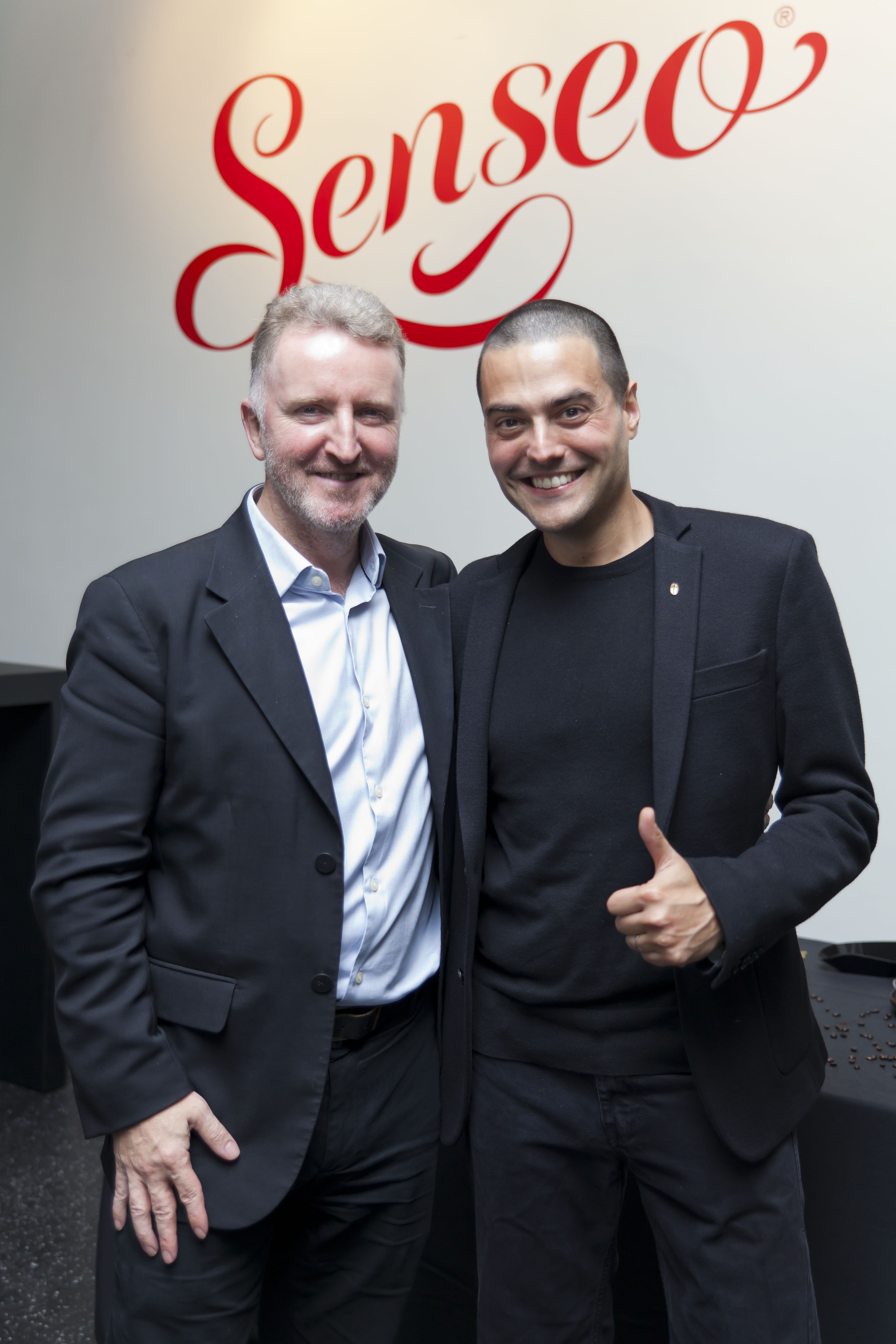
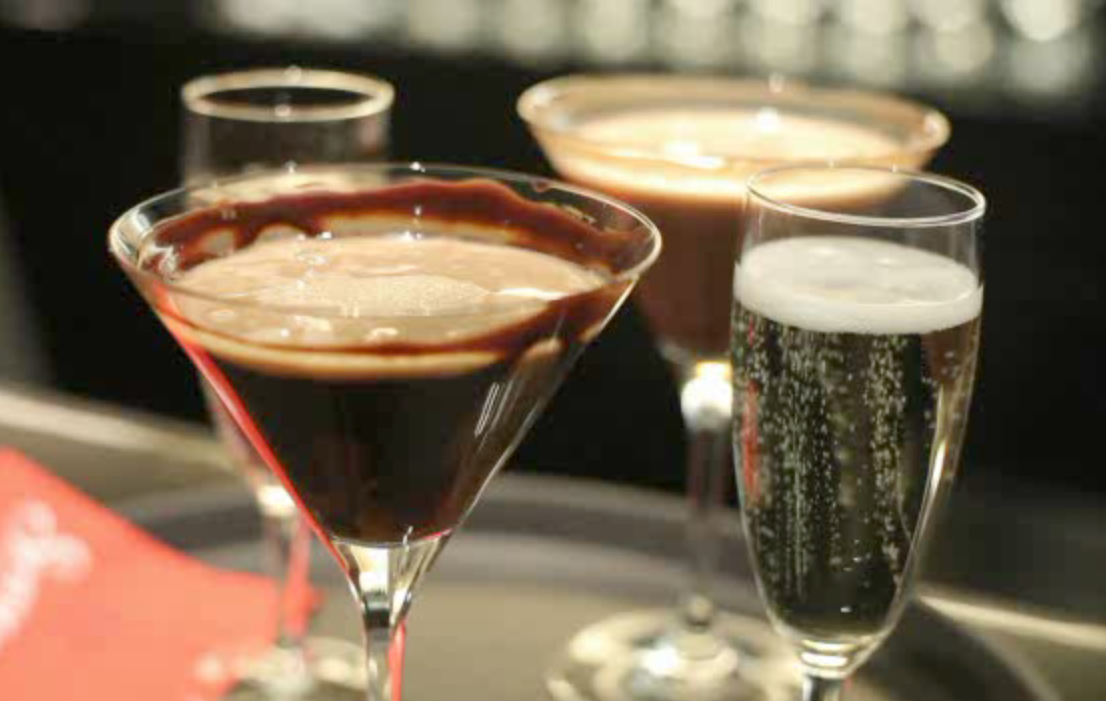

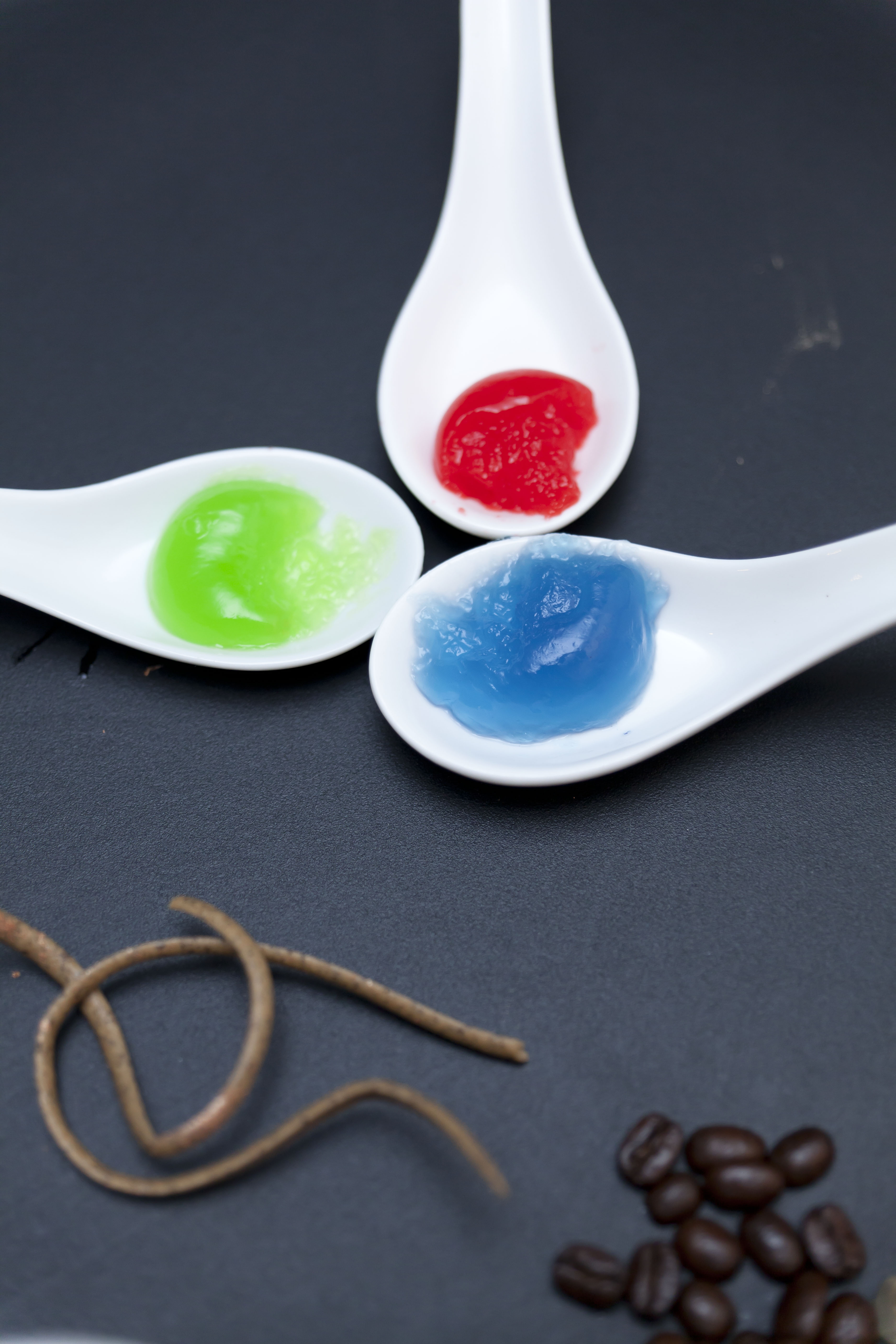
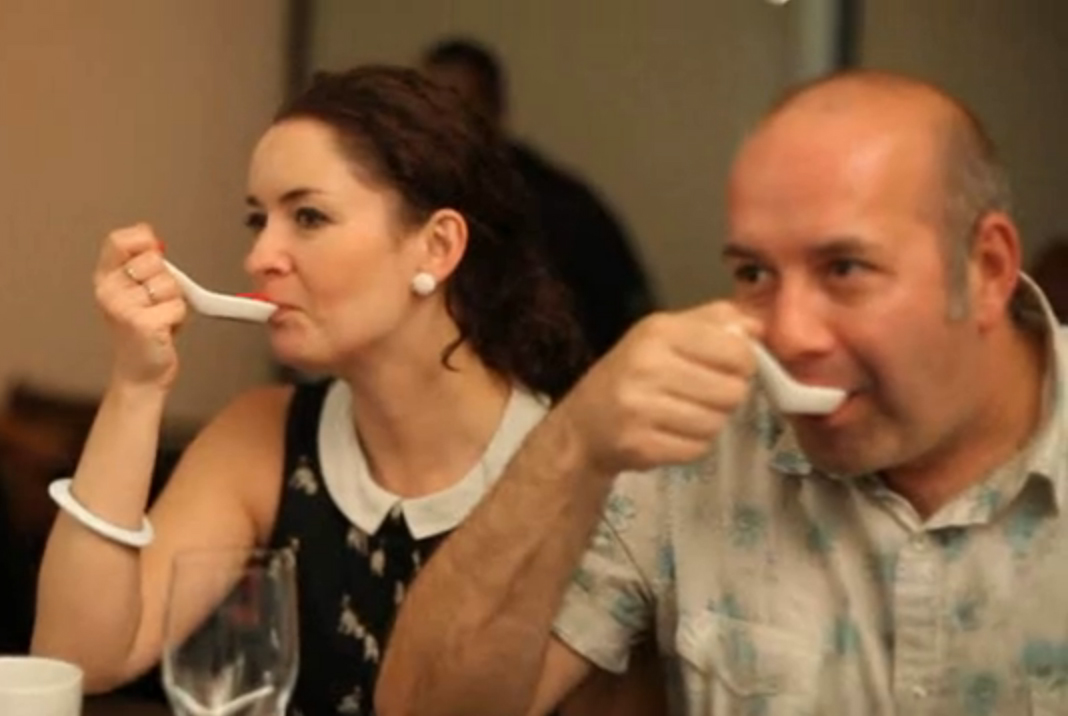
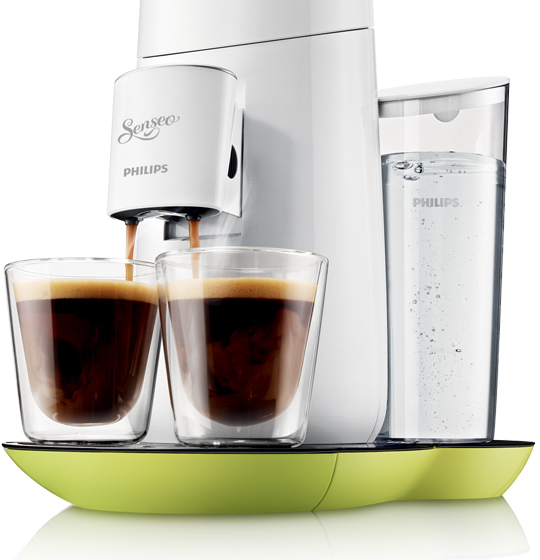
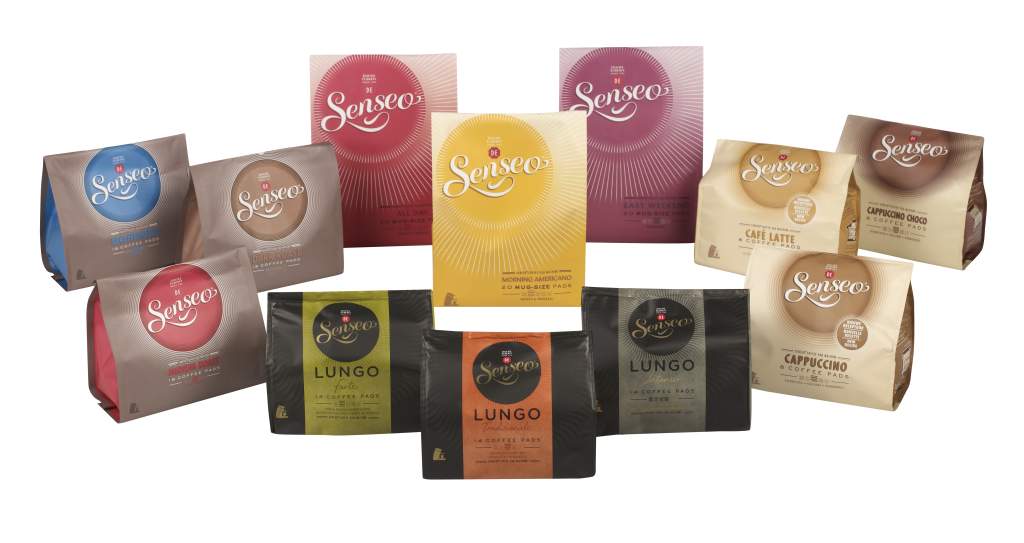




would be lovely to buy the bags in my local tesco but the only 1 they do is the standard 18 cup i buy mine in Germany and have them shipped over so its more expensive